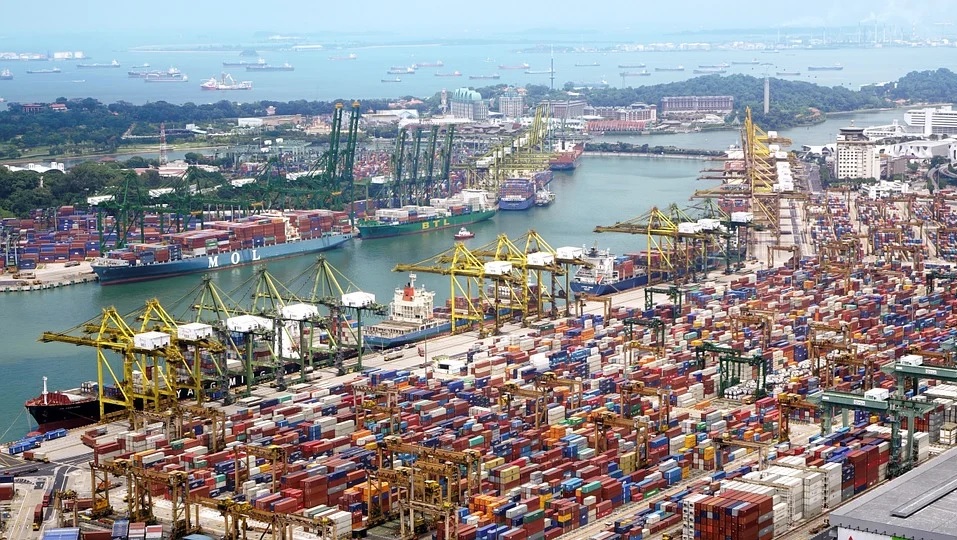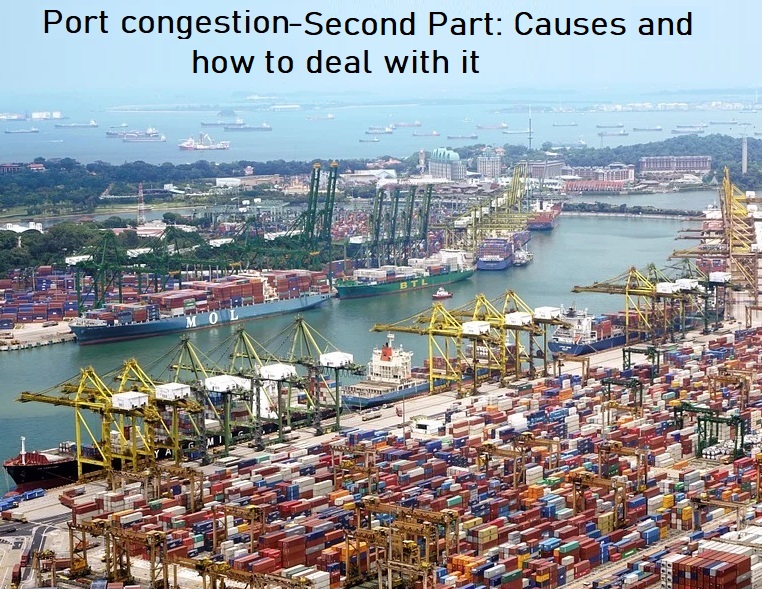The maritime transportation sector is presently faced with unforeseen challenges relating to port congestion. This has subsequently caused massive vessel delays all around the world. Starting from the Port of Singapore to the US West Coast ports, several ports worldwide are suffering delays. This in turn has affected the costs at every level of the supply chain.
Last week, we published a post on the ongoing problem of port congestion around the world. If you missed it, click on this link to take a look.
In this second part, we are going to take a deeper look at this problem, talk about its origins and discuss a few ways in which this crisis can be addressed.
Causes of port congestion:
Some of the most common causes of port congestion are listed below:
- Shortage of chassis and other port handling equipment
- Bad weather conditions
- When the terminal gets booked more than its capacity
- Industrial strikes
- War
- Pandemics
- Slow pace of production
- Limited yard space
- Limited access to ports
- Customs slowdown
- Trade wars
- Port location
- Spikes in demand
- Labour shortage

Ways we can overcome this crisis
All things considered, there are a few things Port Authorities and Shipping Companies can do to overcome this port crisis.
-
Free-flow container delivery
Generally, the truck drivers collect the containers assigned to them. At least three containers have to be moved so that the driver can find his assigned container that will be moved. If the front container is given to the driver then it will take much less time for him to get his assigned container.
-
Nightshifts at ports
If the ports introduce nightshifts for a percentage of their workers then it will result in quicker clearings.
-
Port Expansion
Improving the port infrastructure is a proven way to cope with the rising demand. For instance, the ports need to work on continuous chassis availability, upskill their workforce and ensure their retention.
-
Digitization
It goes without saying that, in the 21st century ports need to make the most of digitization. It will help in automating various port operations while reducing the time spent on data crunching and various other manual work processes.


